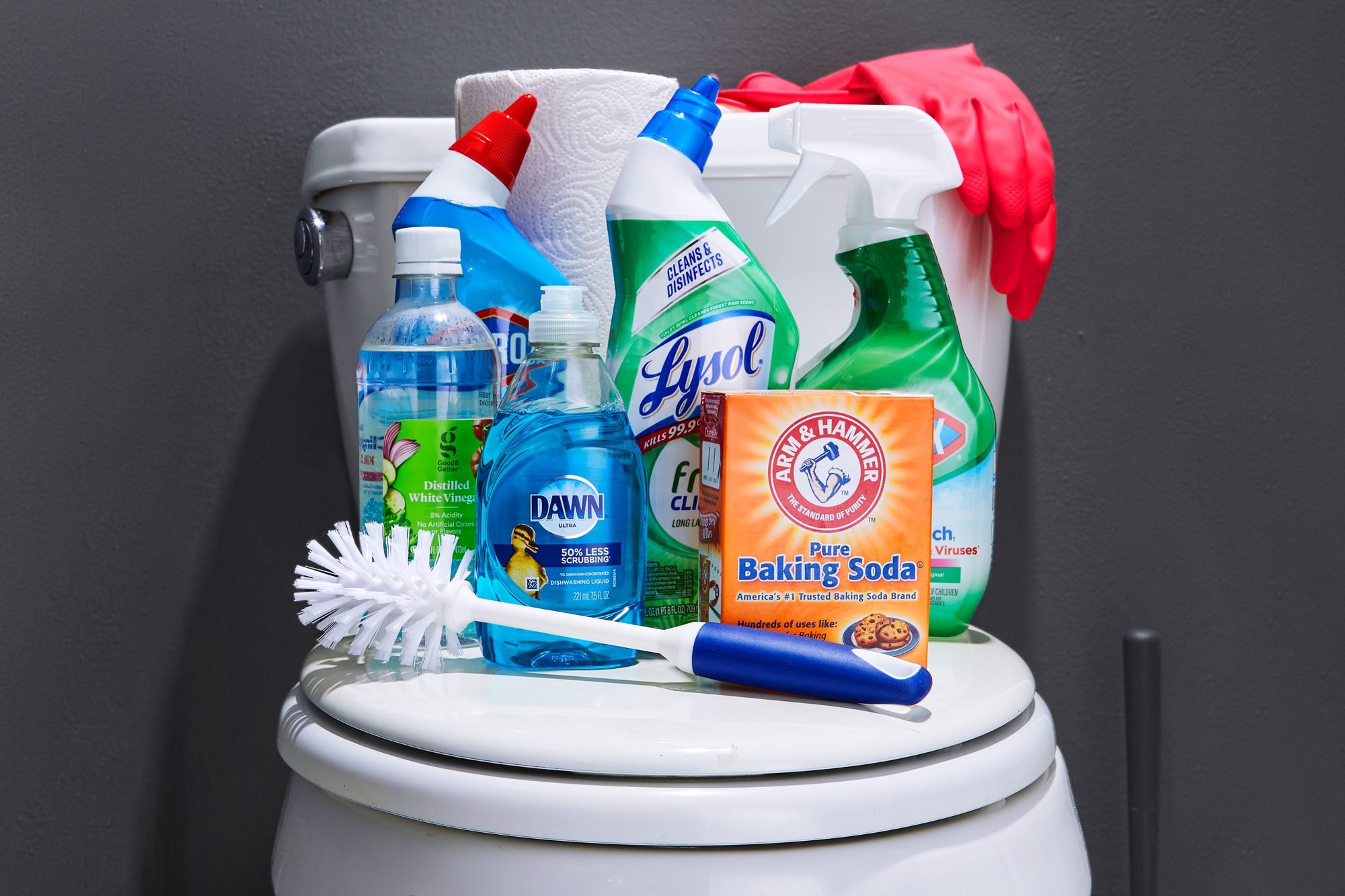Introduction to Wool Blanket Care

Wool blankets, prized for their warmth, softness, and natural beauty, require special care to maintain their quality and longevity. Their unique properties, including their delicate fibers and susceptibility to shrinkage, demand meticulous handling during cleaning. Proper cleaning methods are crucial to preserving the blanket’s texture, preventing damage, and ensuring years of enjoyment. Understanding the variations in wool blankets, from hand-spun to machine-made and blended, is vital for choosing the appropriate cleaning techniques.
Wool Blanket Types and Their Care Considerations
Wool blankets come in various forms, each with its own characteristics. Hand-spun wool blankets, often featuring unique patterns and textures, are typically more delicate than their machine-made counterparts. Machine-made blankets, produced in larger quantities, are generally more resilient. Blended wool blankets, combining wool with other fibers like cotton or acrylic, may have slightly different care requirements depending on the specific blend. The composition and construction method directly influence the recommended cleaning methods.
General Care Recommendations for Wool Blankets
Proper care extends beyond just cleaning. Wool blankets require consistent maintenance to prevent damage and maintain their beauty. Following the correct washing and drying techniques is essential.
| Blanket Type | Washing Method | Drying Method |
|---|---|---|
| Hand-spun wool | Hand wash in cool water with a mild detergent. Avoid harsh scrubbing. | Lay flat to air dry, away from direct heat or sunlight. |
| Machine-made wool | Machine wash in a gentle cycle with a wool-specific detergent. Use a mesh laundry bag to protect the blanket. | Lay flat to air dry. Do not tumble dry. |
| Blended wool | Check the care label for specific instructions. If the label recommends hand washing, follow that method. Machine washing is often possible, but always on a delicate cycle with a wool-specific detergent. | Lay flat to air dry. Avoid high heat. |
Hand Washing Methods: How To Clean A Wool Blanket

Hand washing is a crucial method for maintaining the integrity and longevity of your wool blanket. Proper technique ensures minimal damage and maximizes the blanket’s lifespan. Carefully chosen detergents and water temperature are paramount to preserving the softness and texture of the wool fibers.
Gentle handling and thorough rinsing are essential to prevent shrinkage, damage, and the build-up of detergent residue. This detailed guide will walk you through the steps involved in hand-washing your wool blanket, emphasizing the importance of using a gentle touch throughout the process. Special attention will be given to handling potential stains effectively.
Gentle Detergent and Water Temperature
Using a gentle, wool-specific detergent is vital to avoid harsh chemicals that can weaken or damage the wool fibers. A mild, liquid detergent formulated for delicate fabrics is highly recommended. Using too hot water can cause the wool fibers to shrink or lose their shape. Cool water is always the best choice, preserving the blanket’s form and texture.
Gentle Agitation
Avoid harsh scrubbing or vigorous agitation. This can lead to pilling, matting, or distortion of the blanket’s shape. Instead, gently swirl the blanket in the water, ensuring all areas are exposed to the detergent solution. Squeeze gently, avoiding twisting or wringing, which can damage the wool.
Thorough Rinsing, How to clean a wool blanket
Thorough rinsing is crucial to remove all traces of detergent residue. Rinse the blanket in cool water until the water runs clear. Repeat the rinsing process several times to eliminate any remaining detergent, preventing a stiff or unpleasant feel after drying.
Step-by-Step Hand Washing Procedure
- Fill a basin or tub with cool water.
- Add a small amount of wool-specific detergent, ensuring the blanket is fully submerged in the detergent solution.
- Gently swirl the blanket in the water, avoiding harsh scrubbing.
- Carefully squeeze out excess water, avoiding twisting or wringing.
- Repeat the rinsing process in cool water until the water runs clear.
- Gently lay the blanket flat on a clean towel or absorbent surface.
- Gently roll the blanket with the towel to absorb excess water.
- For stains, pretreat the stained area with a small amount of cold water and a gentle detergent solution before washing the entire blanket.
- If a stain persists, consider consulting a professional cleaner specializing in wool care.
Handling Potential Stains
Pre-treating stains is crucial to prevent them from setting into the wool fibers. Use a gentle detergent solution with cold water to treat the stained area before washing the entire blanket. Avoid harsh scrubbing or rubbing, which can spread the stain or damage the fibers. For stubborn stains, consult a professional wool cleaner for specialized stain removal techniques.
Machine Washing Wool Blankets

Machine washing wool blankets, while sometimes tempting, requires careful consideration. Incorrect techniques can lead to significant damage, including shrinkage, distortion, and loss of softness. Following the right procedures ensures your wool blanket maintains its quality and beauty for years to come.
Conditions for Machine Washing
Machine washing wool blankets is generally not recommended, but in certain situations, it might be necessary. When choosing to machine wash, select a gentle cycle and use the lowest possible water temperature. A cold or lukewarm setting is crucial to prevent shrinkage and maintain the integrity of the fibers.
Importance of Wool-Specific Detergent
Using a wool-specific detergent is essential for machine washing wool blankets. Regular detergents contain enzymes and chemicals that can damage the delicate wool fibers. Wool-specific detergents are formulated to be gentle, effectively cleaning the blanket without causing harm. This specialized cleaning action helps to maintain the softness and resilience of the wool.
Protecting the Blanket During Washing
To protect the blanket from damage during the machine wash cycle, place it inside a mesh laundry bag. This protective layer prevents the blanket from getting tangled or snagged on the machine’s internal components, reducing the risk of snags and damage to the fibers. Furthermore, it’s recommended to use a very gentle spin cycle, or even a no-spin option, to minimize the risk of stretching or distorting the blanket.
Risk Factors and Mitigation
One significant risk in machine washing wool blankets is the potential for shrinkage. High water temperatures and harsh detergents contribute to this issue. Using a cold water setting and a wool-specific detergent minimizes this risk. Another risk is damage to the blanket’s structure from agitation. The mesh laundry bag provides a safe environment for the blanket to be washed without getting caught in the machine.
Comparison of Hand Washing and Machine Washing
| Feature | Hand Washing | Machine Washing |
|---|---|---|
| Water Temperature | Cool | Cold or Lukewarm |
| Detergent | Gentle, wool-specific | Wool-specific |
| Risk of Damage | Lower | Higher (if not done correctly) |
The table above highlights the key differences in approach for hand washing versus machine washing. Hand washing offers more control over the process, reducing potential risks. However, machine washing might be a faster option in some cases. Always prioritize the well-being of your wool blanket by choosing the method that best suits its condition and your needs.
Drying Wool Blankets

Proper drying is crucial for maintaining the shape, softness, and longevity of your wool blanket. Incorrect drying methods can lead to shrinkage, wrinkles, and a loss of the blanket’s loft and fluffiness. Following the right techniques ensures your wool blanket remains a cozy and comfortable companion for years to come.
Careful handling during the drying process is paramount to prevent damage. High heat and direct sunlight are detrimental to wool, so it’s essential to understand the nuances of each drying method to preserve the quality of your wool blanket.
Air Drying Methods
Air drying is generally the best approach for preserving the integrity of wool blankets. It allows the blanket to dry gradually and evenly, minimizing the risk of shrinkage or damage.
- Placement for Air Drying: Lay the blanket flat on a clean, dry surface in a well-ventilated area away from direct sunlight and heat sources. A laundry room or a shaded outdoor space are suitable options. Avoid placing the blanket directly on the ground to prevent moisture absorption from the floor. A clothesline or a drying rack are also viable options.
- Duration of Air Drying: The drying time varies depending on the thickness of the blanket, the humidity level, and the size of the area. Allow ample time for the blanket to air dry completely. This process typically takes several hours, or even a full day, to ensure all moisture is evaporated.
Drying in a Dryer
While air drying is generally recommended, drying a wool blanket in a dryer is sometimes necessary. However, extreme caution is essential to prevent damage.
- Low Heat Setting: Using the lowest possible heat setting is crucial. A “tumble dry low” setting is the ideal option. Avoid using high heat settings, as this can cause significant shrinkage and damage to the fibers.
- Drying Time Management: Monitor the drying process closely and remove the blanket from the dryer as soon as it’s sufficiently dry. Overdrying can lead to stiffness and damage. A damp, but not dripping, blanket is the optimal stage to remove from the dryer.
- Additional Precautions: Using a drying rack or a clothesline to air dry the blanket after a brief tumble dry cycle in the dryer can often help retain the softness of the wool.
Comparison of Drying Methods
| Drying Method | Advantages | Disadvantages |
|---|---|---|
| Air Drying | Preserves the blanket’s shape and softness, minimizes shrinkage, and avoids the risk of heat damage. | Takes longer than dryer methods, dependent on environmental conditions. |
| Low Heat in Dryer | Faster drying process than air drying. | Higher risk of shrinkage and damage if not monitored carefully. May not be suitable for all types of wool blankets. |
Wool blankets are delicate and require special care during the drying process. Avoid high heat and direct sunlight to maintain their quality.
Stain Removal from Wool Blankets
Wool blankets, with their soft texture and warmth, are a cherished household item. However, spills and stains can quickly mar their beauty and functionality. Prompt and appropriate stain removal is crucial to preserving the integrity of your wool blanket and extending its lifespan. Understanding the nature of the stain and acting swiftly are key to successful removal.
Prompt action is paramount when dealing with stains on wool blankets. The longer a stain sits, the more deeply it penetrates the fibers, making removal significantly more challenging. Attempting to tackle a stubborn stain later can result in permanent damage or discoloration. Immediate attention ensures the best chance of complete and effective stain removal.
Identifying Stain Types
Proper identification of the stain is essential for choosing the correct cleaning method. Different stains require different treatments, and applying an unsuitable solution can worsen the damage. Carefully observe the stain’s characteristics, such as its color, consistency, and whether it appears oily or watery. These observations will guide your selection of the appropriate cleaning solution and minimize the risk of further damage to the wool fibers.
Stain Removal Methods
Effective stain removal involves a delicate approach. Vigorous scrubbing or harsh chemicals can cause irreversible damage to the wool fibers, leading to pilling, discoloration, or even holes. Gentle methods and specific cleaning solutions are vital to preserving the blanket’s texture and appearance. Always test any cleaning solution in an inconspicuous area of the blanket first to ensure it does not alter the color or texture.
Table of Common Stains and Removal Methods
| Stain Type | Recommended Removal Method | Precautions |
|---|---|---|
| Food Spills | Blot up excess food with a clean, absorbent cloth or paper towel. Then, gently dab the stained area with a damp cloth or sponge, using a mild, wool-safe detergent solution. Rinse thoroughly and allow to air dry. | Avoid rubbing or scrubbing, as this can spread the stain or damage the fibers. Use a cool water solution. |
| Ink Stains | For fresh ink stains, blot with a clean white cloth or paper towel to absorb as much ink as possible. Gently dab the area with a mixture of water and a mild dish soap, or a specialized ink stain remover. Rinse thoroughly and allow to air dry. | Test the cleaning solution in a hidden area first. Never use harsh chemicals or solvents. |
| Wine Stains | Act quickly to blot up any excess wine. Mix a small amount of white vinegar with cool water (a 1:1 ratio is a good starting point). Gently dab the stained area with the solution, working outwards from the stain. Rinse with cool water and allow to air dry. | Do not use hot water, as this can set the stain. Avoid rubbing the stain, as this may spread it. |
Maintaining Wool Blankets

Proper maintenance is crucial for extending the lifespan of your wool blanket. Wool, with its natural resilience, can last for decades if cared for correctly. Regular attention to storage and handling helps prevent damage and keeps your blanket looking and feeling its best. By understanding the best practices for maintaining your wool blanket, you can enjoy its warmth and comfort for years to come.
Regular upkeep and mindful storage are vital to maintaining a wool blanket’s quality and beauty. Proper care prevents the accumulation of dirt, dust, and other debris, which can degrade the fibers over time. This, in turn, preserves the blanket’s softness, texture, and insulating properties. Following these simple guidelines will ensure your investment in a wool blanket remains a treasured possession.
Importance of Regular Maintenance
Regular cleaning and inspection prevent the build-up of dirt, dust, and other debris. This proactive approach ensures the blanket retains its softness and warmth. It also helps prevent the growth of mildew or other unwanted organisms that can affect the fibers and diminish the blanket’s quality over time.
Proper Storage Techniques
Proper storage is essential to preserving the integrity of a wool blanket. Correct storage methods prevent wrinkles, stretching, and damage from pests. These measures also protect the blanket from dust and moisture, maintaining its pristine condition.
Preventing Future Stains and Damage
Preventing stains and damage requires a proactive approach. Knowing how to handle spills and potential hazards minimizes the risk of permanent damage. Early intervention is key to preventing any lasting effects.
Tips for Extending the Life of a Wool Blanket
- Regularly inspect your blanket for any signs of damage, such as tears, snags, or excessive wear. Addressing these issues promptly can prevent further deterioration.
- Avoid storing your blanket in humid or damp environments. Moisture can damage the fibers and lead to mildew growth. Opt for well-ventilated areas to maintain the blanket’s dryness.
- Protect your blanket from direct sunlight and extreme temperatures. These conditions can fade the color and weaken the fibers over time. Store it in a cool, dry place to maintain its vibrancy.
- Vacuum your blanket periodically to remove loose dirt and dust. This helps maintain its cleanliness and prevents the accumulation of debris.
- Handle your blanket with care, avoiding sharp objects or rough surfaces that could cause snags or tears. Gentle handling prolongs the blanket’s longevity.
- Store your blanket in a clean, dry place away from pests. Consider using mothballs or cedar chips to deter insects.
Illustrative Storage Methods
| Storage Method | Description | Image |
|---|---|---|
| Vacuum-sealed storage | Place the blanket in a vacuum-sealed bag to remove air and prevent wrinkles. | Imagine a blanket tightly wrapped inside a clear, airtight plastic bag, with the air removed. |
| Folded storage | Fold the blanket neatly in thirds and place it in a storage container or drawer. | Visualize a neatly folded blanket, similar to a folded sheet, resting inside a drawer or box. |
| Rolled storage | Roll the blanket tightly and store it in a breathable fabric container or box. | Envision a tightly rolled blanket, like a scroll, nestled within a fabric-lined box or container. |
Top FAQs
How to clean a wool blanket – Can I use regular detergent to hand-wash my wool blanket?
No, using regular detergent can damage the wool fibers. Always use a gentle, wool-specific detergent.
What’s the best way to dry a hand-washed wool blanket?
Lay the blanket flat on a clean towel or drying rack in a well-ventilated area away from direct sunlight. Avoid wringing or twisting the blanket, as this can distort its shape.
Can all wool blankets be machine washed?
No, not all wool blankets are suitable for machine washing. Always check the care label for specific instructions. Machine washing can be damaging to some types of wool, particularly hand-spun or delicate blankets.
How long should I air dry my wool blanket?
Air drying times vary depending on the size and thickness of the blanket. Allow ample time for the blanket to dry completely before storing it. Check periodically for dryness, and don’t hurry the process.